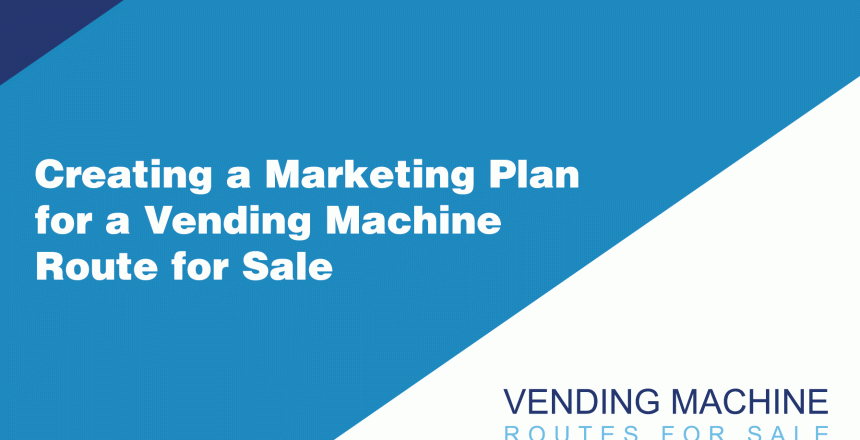For entrepreneurs interested in a vending machine route for sale, developing a strategic marketing plan is crucial for driving sales and expanding the business. A vending machine route offers unique marketing challenges and opportunities, and a well-crafted plan can make all the difference. This guide will walk you through creating an effective marketing plan tailored to a vending machine business.
Understanding the Vending Machine Market
Begin by analyzing the current market landscape of the vending machine route. Assess the existing marketing efforts, customer base, and the locations of the vending machines. This initial assessment will form the foundation of your marketing plan.
Key Elements of the Marketing Plan
- Market Research
- Location Analysis: Evaluate the foot traffic and demographic profiles of each vending machine location.
- Competitor Analysis: Study competitors in the area, including other vending machines and alternative snack options available.
- Define Marketing Objectives
- Clear Goals: Set specific, measurable objectives, such as increasing sales at specific locations, improving machine visibility, or diversifying product offerings.
- Clear Goals: Set specific, measurable objectives, such as increasing sales at specific locations, improving machine visibility, or diversifying product offerings.
- Developing Marketing Strategies
- Target Audience: Identify the primary customers for each vending machine location (e.g., students, office workers).
- Branding: Consider branding the vending machines to enhance visibility and recognition.
- Product Selection: Tailor your product selection to match the preferences of your target audience at each location.
- Choosing Marketing Channels
- Local Advertising: Use local advertising methods, like posters or flyers in nearby areas, to raise awareness.
- Digital Marketing: Leverage social media and online advertising to promote your vending machines, especially if targeting a younger demographic.
- Partnerships: Collaborate with location owners for promotional displays or joint marketing efforts.
- Budgeting and Resources
- Budget Allocation: Allocate a budget for marketing based on the expected return on investment (ROI) for each strategy.
- Resource Management: Assess the manpower and tools needed to implement your marketing plan effectively.
- Action Plan and Timeline
- Implementation Steps: Outline actionable steps for each marketing initiative and set a realistic timeline.
- Milestones: Establish key milestones to track the progress of your marketing efforts.
- Monitoring and Evaluation
- Performance Indicators: Define Key Performance Indicators (KPIs) such as sales volume, machine foot traffic, and customer feedback.
- Regular Review and Adjustment: Continuously monitor the effectiveness of your marketing strategies and be prepared to make adjustments as needed.
Conclusion
Creating a marketing plan for a vending machine route for sale requires a focus on location-specific strategies, understanding customer preferences, and utilizing a mix of traditional and digital marketing techniques. A well-planned marketing strategy can significantly enhance the visibility and profitability of your vending machine route, setting you up for long-term success in this unique business venture.
